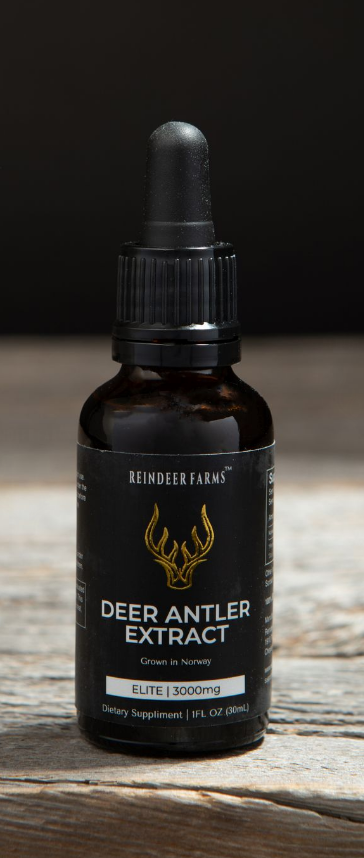Reindeer farms have been an integral part of many northern cultures for centuries, providing not only a means of sustenance but also a rich cultural heritage. Today, reindeer farming is experiencing a renaissance, blending ancient traditions with modern practices to meet new economic and environmental challenges. This article explores the evolution, benefits, and future prospects of reindeer farming. Reindeer farms
Historical Background
Reindeer herding has deep roots in the indigenous cultures of the Arctic and sub-Arctic regions, particularly among the Sami people of Scandinavia and the Nenets of Russia. For these communities, reindeer are more than livestock; they are a cornerstone of their cultural identity and way of life. Traditional herding practices involve semi-nomadic lifestyles, with families following their reindeer across vast, remote landscapes.
Modern Reindeer Farming
In recent years, reindeer farming has evolved, integrating contemporary agricultural techniques while respecting traditional methods. Modern reindeer farms can be found in countries like Norway, Sweden, Finland, Russia, and even parts of North America. These farms are not only maintaining cultural heritage but also providing sustainable livelihoods in rural areas.
Economic Benefits
- Meat Production: Reindeer meat, known for its lean and nutritious qualities, has gained popularity in gourmet markets. It's a staple in many Nordic countries and is increasingly sought after worldwide.
- Antler Velvet: Reindeer antlers are harvested for their velvet, a substance used in traditional medicines and dietary supplements.
- Tourism: Reindeer farms have become attractive destinations for eco-tourists and those seeking authentic cultural experiences. Visitors can learn about herding traditions, enjoy sleigh rides, and even stay in traditional Sami tents.
- Leather and Fur: Reindeer hides are used to make high-quality leather and fur products, adding another revenue stream for farmers.
Environmental and Ethical Considerations
Reindeer farming is often highlighted as an example of sustainable agriculture. Reindeer are well-adapted to harsh climates and can thrive on natural forage, reducing the need for intensive farming practices that can harm the environment. Moreover, ethical treatment of animals is central to many herding cultures, ensuring that reindeer are raised humanely.
Challenges and Innovations
While reindeer farming offers numerous benefits, it also faces several challenges:
- Climate Change: Warming temperatures are altering the Arctic landscape, affecting the availability of traditional grazing lands and impacting reindeer health.
- Predation: Predators like wolves and bears pose a significant threat to reindeer herds, requiring effective management strategies.
- Regulation: Navigating the complex web of agricultural regulations and market demands can be difficult for small-scale farmers.
Innovations in reindeer farming are helping to address these challenges. Advances in veterinary care, GPS tracking for herds, and sustainable grazing practices are enhancing the resilience of reindeer farms. Additionally, efforts to promote the cultural significance of reindeer herding are helping to preserve this unique way of life.
The Future of Reindeer Farming
The future of reindeer farming looks promising, with a growing interest in sustainable and culturally rich agricultural practices. As consumers become more conscious of where their food and products come from, reindeer farming stands out as a model of harmony between humans, animals, and the environment.
In conclusion, reindeer farms are more than just a source of meat or antlers; they are a testament to the enduring relationship between indigenous peoples and their environment. By blending traditional knowledge with modern innovation, reindeer farming is poised to thrive in the 21st century, offering economic, environmental, and cultural benefits to communities around the world.





Comments